Last month, Jules Maeght Gallery in San Francisco opened a joint show from YESNIK EVAD and Cécile Granier de Cassagnac entitled Subliminal Sanctuary. Both artists paint the natural world with an eye toward the abstract – YESNIK with his acrylic and collage totemic representations of the his time in the Sequoia National Park in Central California and Granier de Cassagnac’s with her at times realistic and at times more loose watercolor “emotional responses to memory and experience in the wilderness.” (February 8 to April 28, 2018).
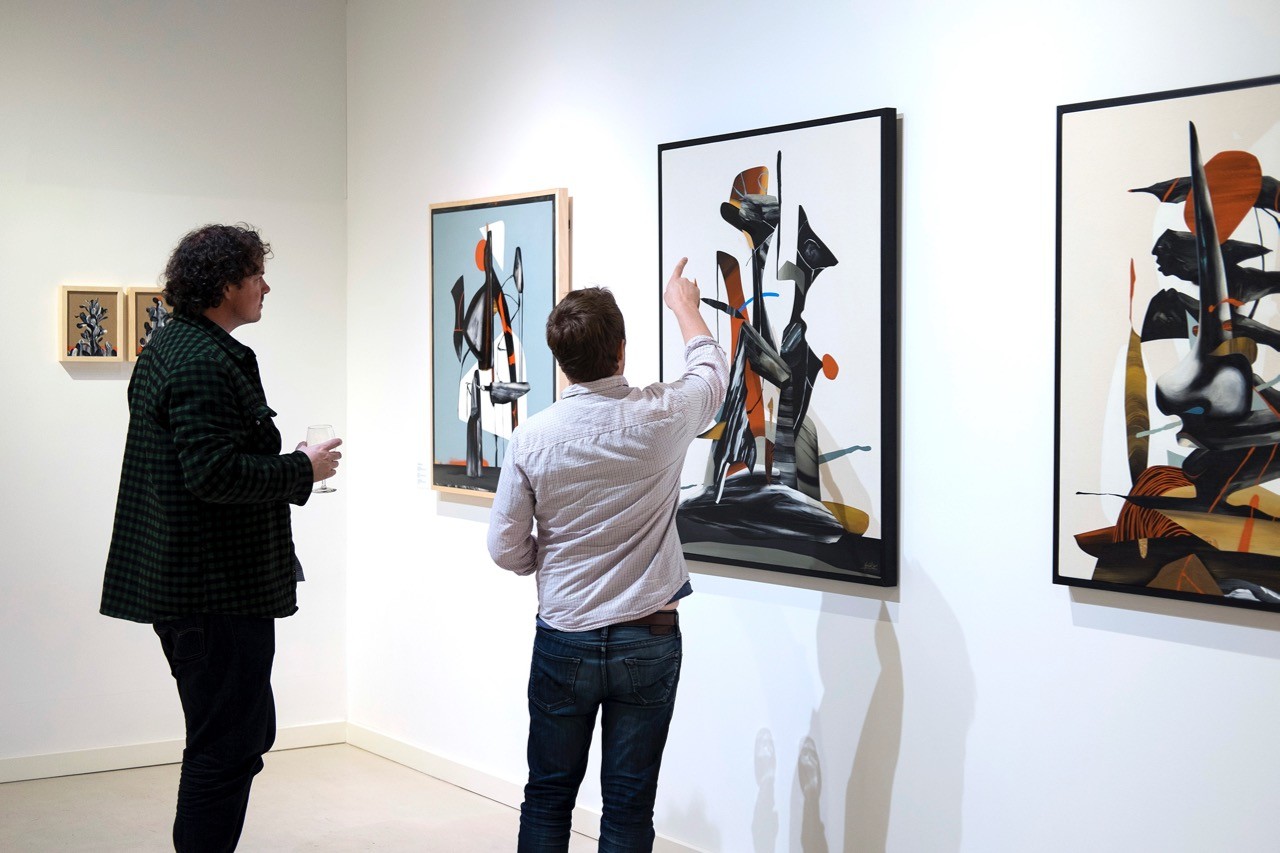
Both the French painter Cécile Granier de Cassagnac and the American artist YESNIK EVAD take a contemporary approach to portraying outdoor environments. Building on the landscape painting of the Surrealists of the 1930s, they depict the perception of landscape, birds and trees, rather than seeking to “recreate reality” with recognizable elements. Using a combination of natural and nonnatural tones, and oftentimes experimental applications of paint and surface, Granier de Cassagnac and YESNIK explore their own emotional understanding of the natural world around them through repetition of distinct motifs.
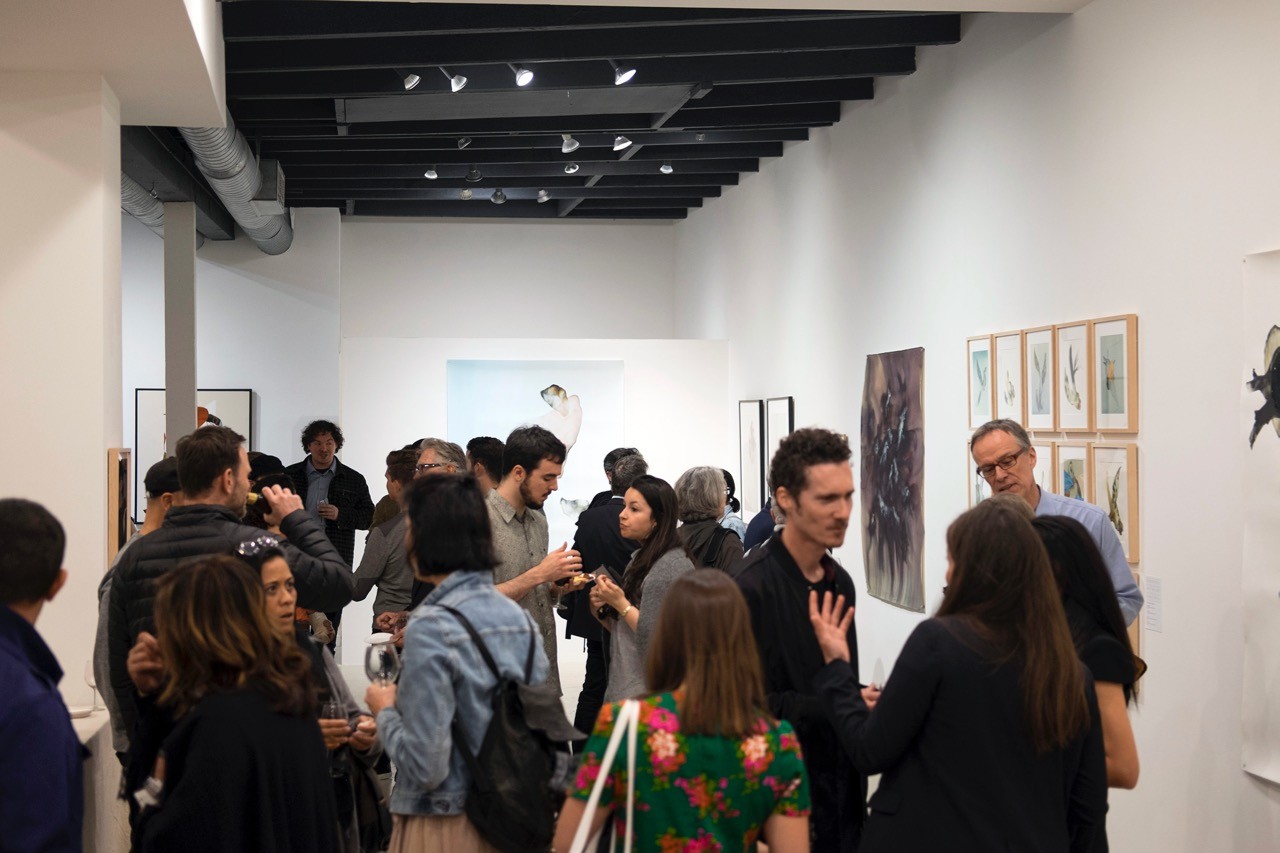
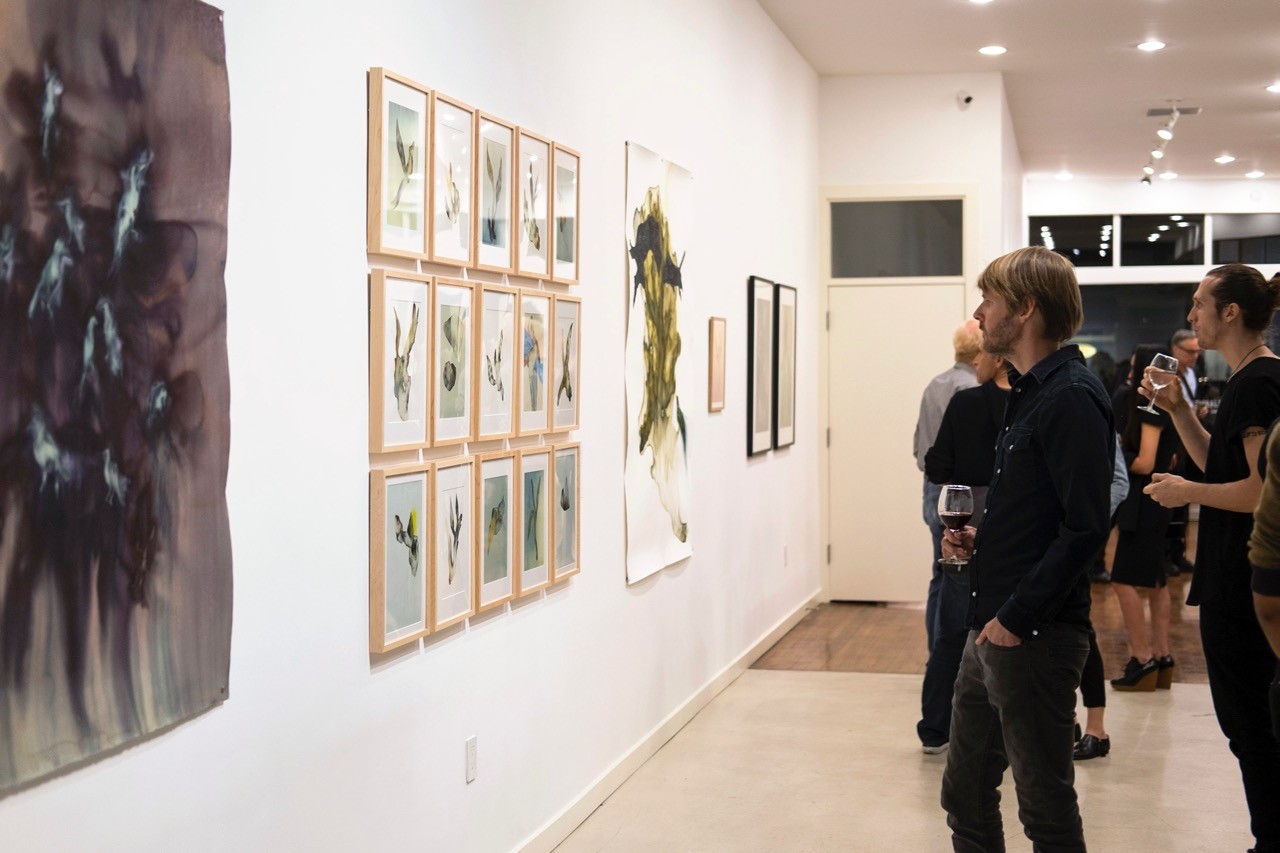
YESNIK EVAD’s latest work follows a period of semi-isolated contemplation as an artist–five years in a small town adjacent to the Sequoia National Park in Central California—which resulted in a renewed devotion to his aesthetic and set in motion his transformation into representation abstraction and surreal interpretations of the landscapes in which he immerses himself. The forms he paints are composed of acrylic and collage that appear as hybrid totems, incorporating elements of cacti, rock formations, trees, and above all, settings and imagery that are almost entirely imagined. With titles such as “Lust for Life” and “Subliminal Sanctuary,” it is easy to grasp reverence for the natural world in YESNIK’s paintings. Yet at the same time works such as “Infinite Identities” and “Devil’s Advocate” give the impression that there is a vastness to the world beyond our comprehension.
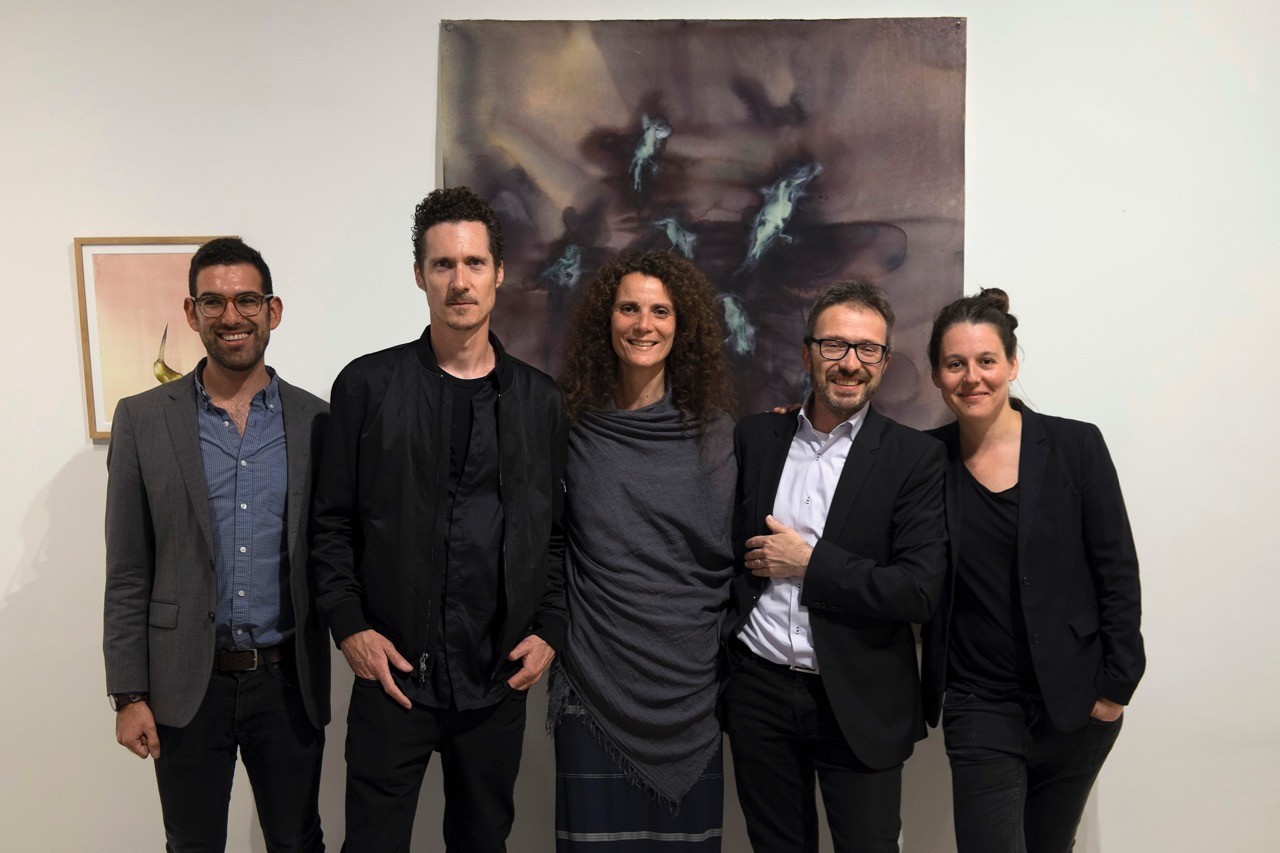
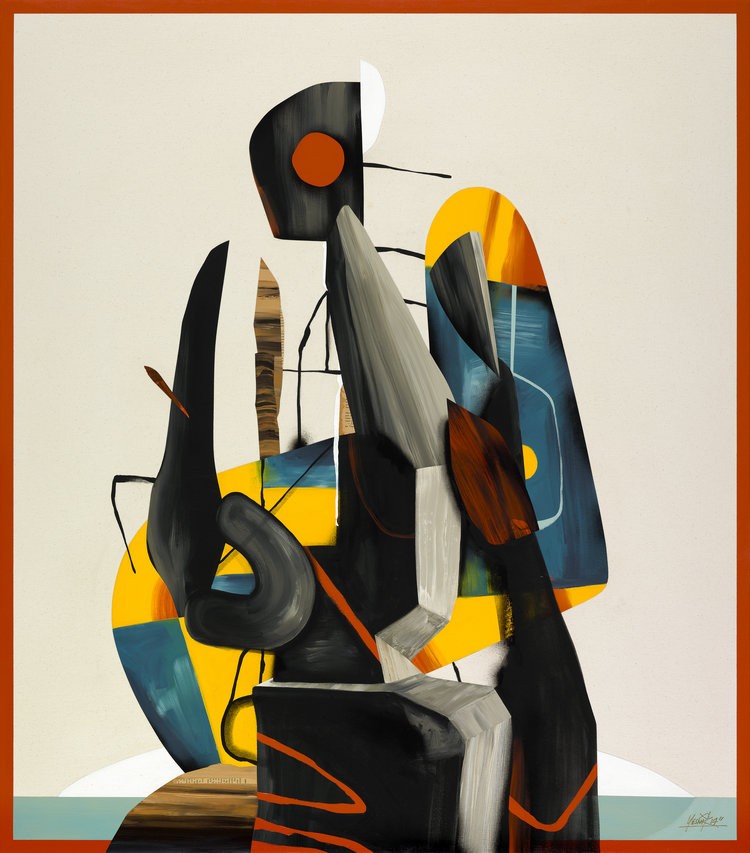
Cecile Granier de Cassagnac’s paintings, most often executed in watercolor on paper, flirt between realistic representations of nature and wild abstracts seemingly taken over by the free strokes of watercolor swept across the paper. Her work, which explores nature through the repetition of several motifs is in a larger sense of visual transformation of an emotional response to memory and experience in the wilderness. Granier de Cassagnac’s depictions of birds, stones and branches contemplate both the natural beauty of her subjects, as well as their relatedness in the cosmos. At times, realistic portrayals get washed away in the abstraction of an etheral and spiritual world, at others, recognizable forms appear through shrouds of color and abstraction, a pareidolia as we as the audience search for the recognizable.
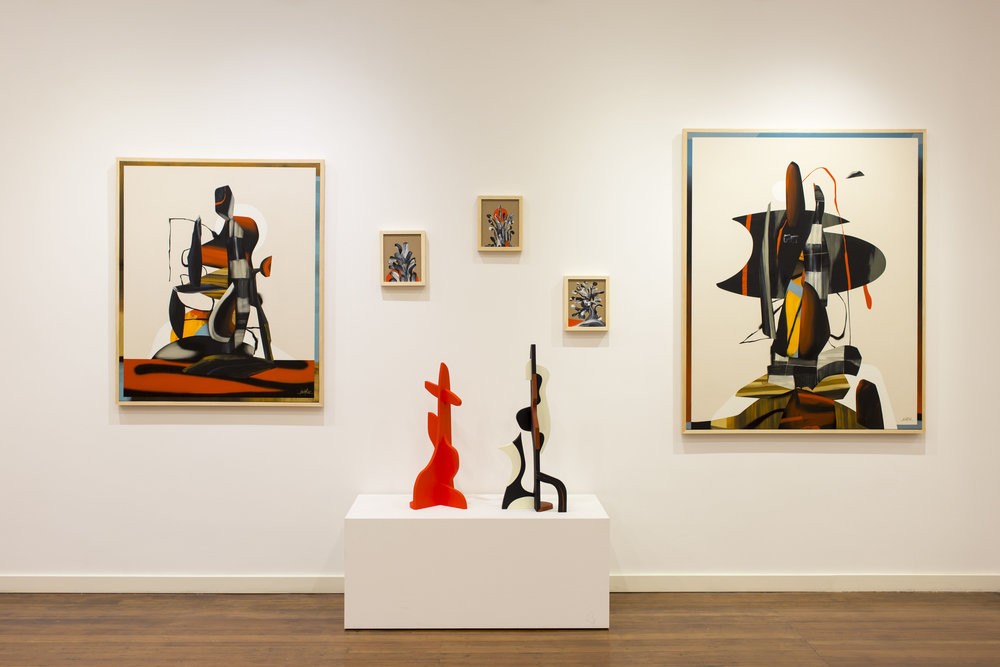
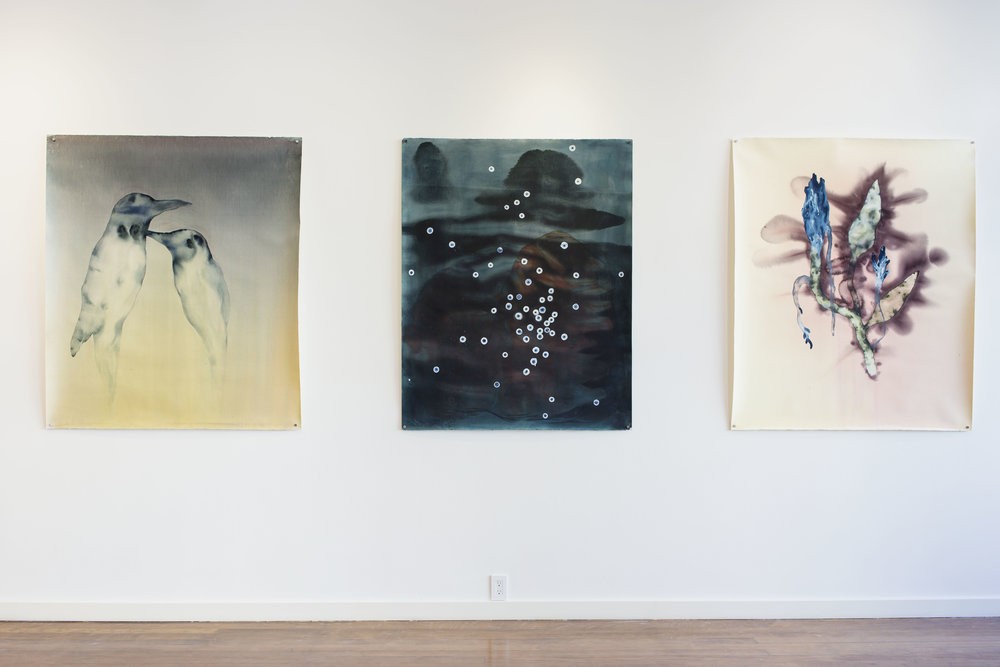
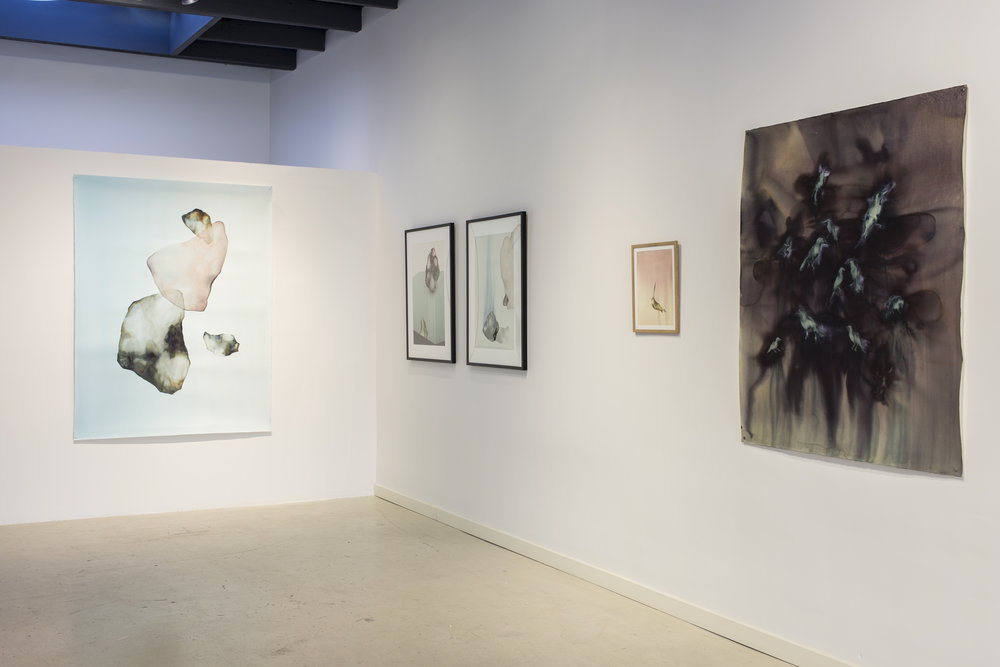
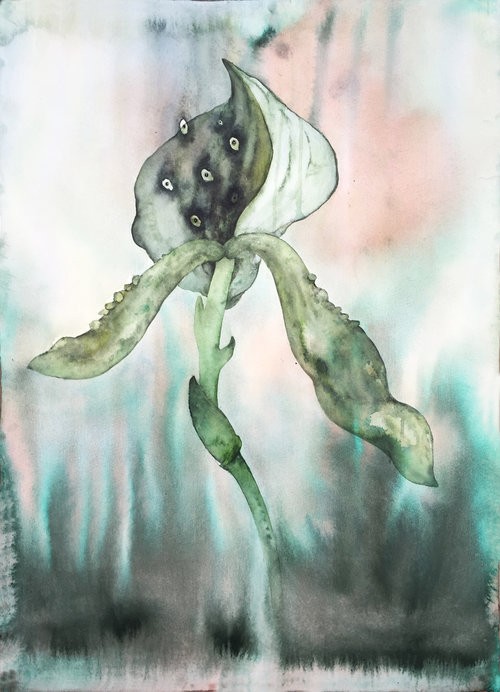
It was Aristotle who noted that in some part our perception of nature is guided by intuition and imagination. Seeking to understand the world around us, YESNIK and Granier de Cassaganc recognize the untamed beauty of nature as their first creative power. Dating back to the origins of landscape painting, both Eastern and Western traditions began by idealizing scenes, creating sweeping vistas that didn’t quite exist. The respective work of YESNIK and Granier de Cassagnac recognizes the importance of the spiritual quality in landscape, and suggests that through abstract and surreal elements, guided by intuition and perspective we can better understand our relationship to the world. In doing so, the two artists challenge the centuries old notion that landscape painting is less important than narrative painting. By exploring landscape and nature in their work, YESNIK and Granier de Cassagnac explore both the environment and idea of the soul.

























